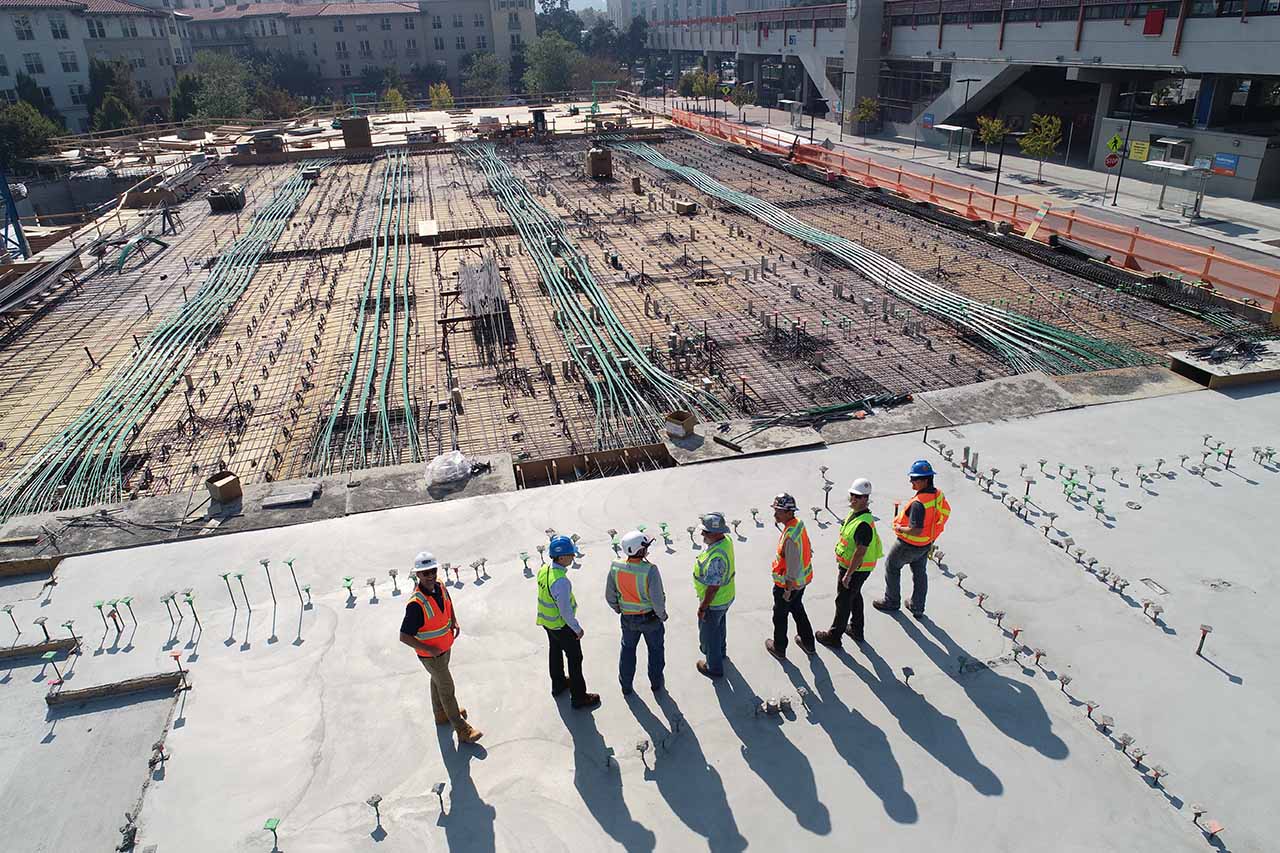Downtown Los Angeles is experiencing an explosive growth in construction of retail, commercial, office space and residential projects.
Residential development experienced a growth of almost 3,300 homes completed in 2018, with 7000 more under construction and plans for 35,000 additional units. A massive three million square feet of office space under construction during 2018 combined with over 9,000 new hotel rooms and more than three million square feet of office space. Equivalent growth in retail space adds to the boom.
At the end of 2018, there were almost 3 million square feet of office space under construction in downtown Los Angeles, according to the Downtown Center Business Improvement District’s Q4 2018 Market Report , along with 1.1 million square feet of retail and 1,271 hotel rooms. These numbers pale in comparison to proposed projects, which would add almost 9,500 more hotel rooms, 2.6 million square feet of additional retail and another 3.3 million square feet of office space.
The boom in each of these sectors has accelerated the demand for construction workers in all trades. This might reasonably be expected to result in higher wages and benefits for workers in such high demand. However, a report as of September 22, 2019 shows that the average construction worker in Los Angeles is paid $17.19 per hour. The bottom 10% are paid $12.60 and the top 10% $25.80. With bonuses, the average annual salary ranges from 23,957 – $72,400 with an overall average of about $35,000 before taxes. The average salary of all workers in Los Angeles is $56,000 per year AFTER taxes.
Construction workers fare no better in benefits provided by their employers. A whopping 62% of construction workers report that their employers offer no benefits. 38% of workers receive medical coverage, 15% are covered by dental and vision benefits. Many, if not most, are not offered retirement plans.
Los Angeles ranks in the top 50 most expensive cities to live in in the United States. A one bedroom apartment rents for between $1,700 and $2,200 per month (after tax dollars) and a 3 bedroom apartment runs over $3,900/month. Childcare for preschool costs over $1,000/month. If the worker is in the 62% who receive no benefits, then medical insurance is yet another large cost. Even these basic costs demonstrate that construction salaries fail to yield a livable wage for its workers.
As salaries and benefits fail to keep pace , the construction trades have become less attractive, and employers report difficulty finding trained workers. The solution to the construction crisis in California will be hamstrung until conditions to make construction trades more attractive are established and workers paid a living wage, with adequate benefits, training and retirement.

